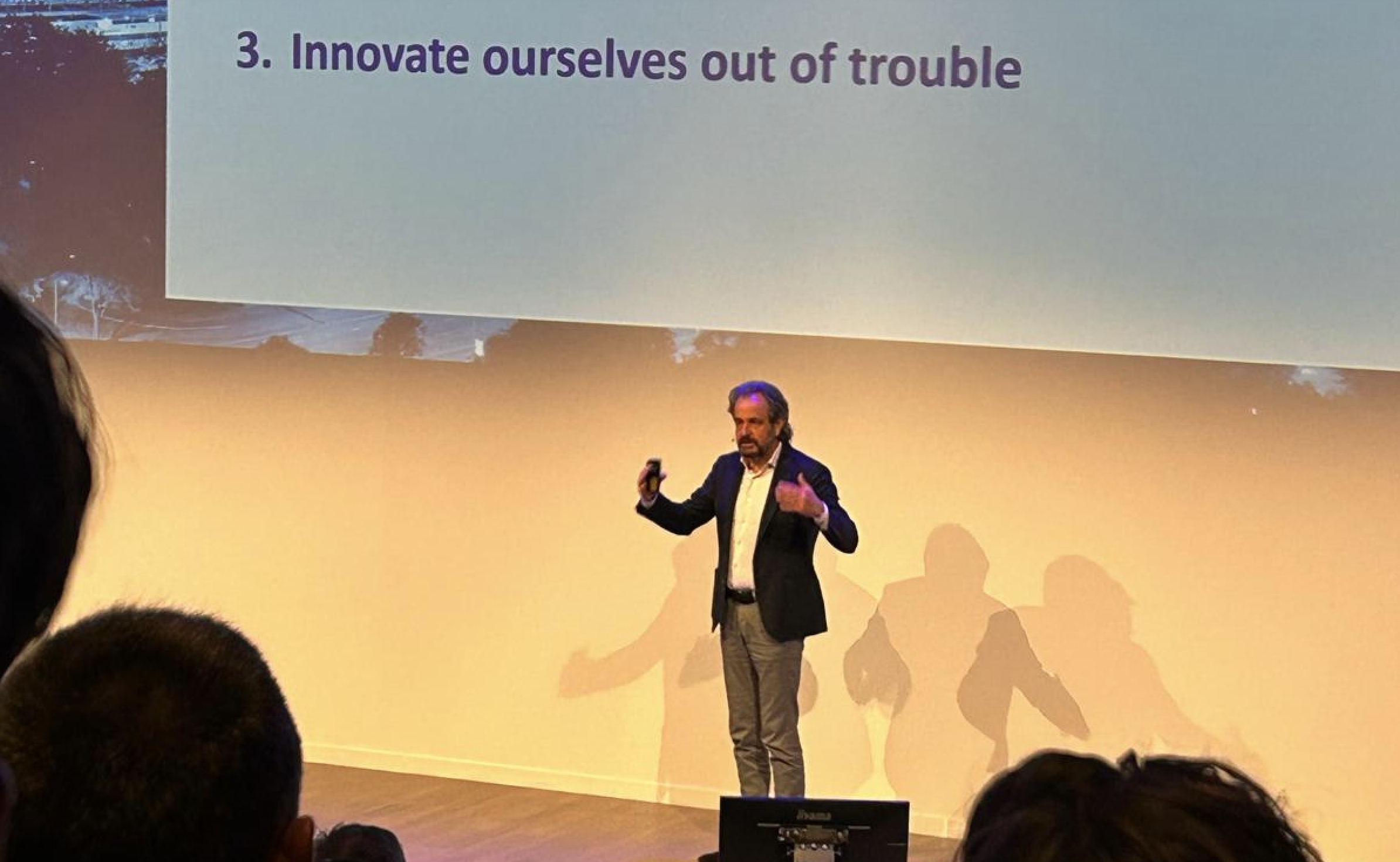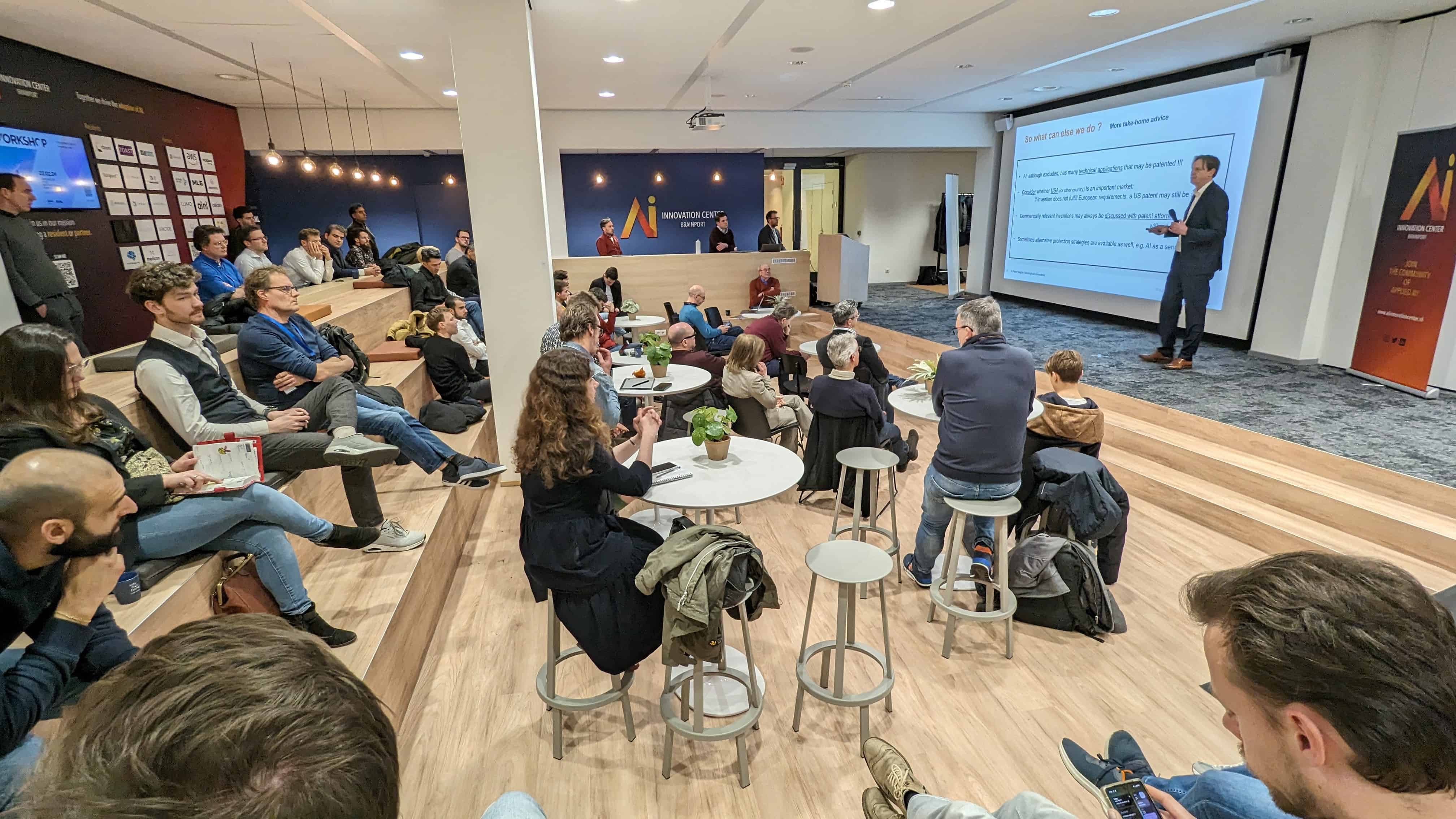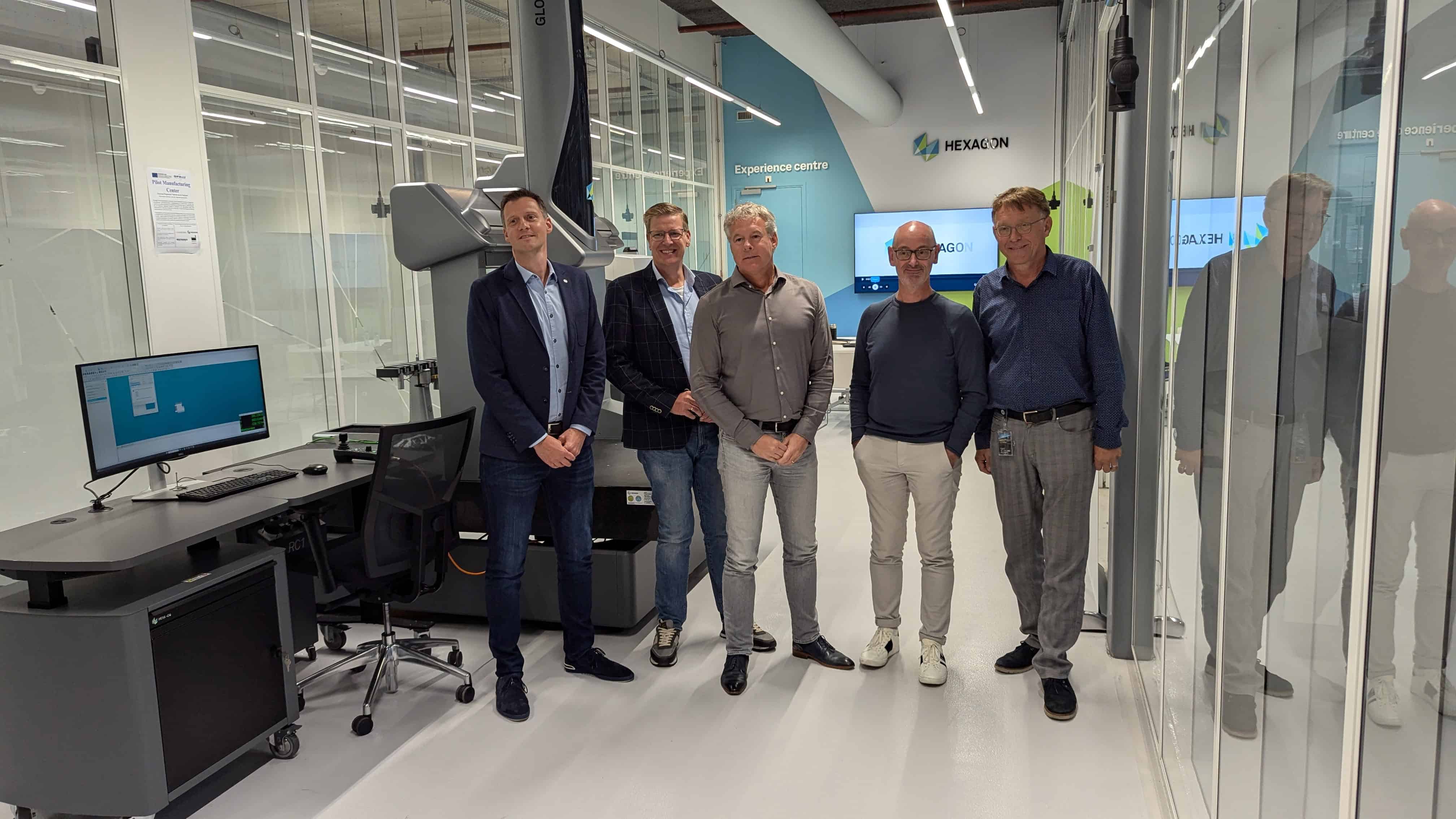
About Humans in the Loop
- Founders: Iva Gumnishka
- Founded in: 2017
- Employees: 15
- Money raised: -
- Ultimate goal: To become the biggest provider of human input for AI systems.
In information technology, human-in-the-Loop is a term used for models in which humans and artificial intelligence (AI) work together. Bulgarian start-up Humans in the Loop is a social enterprise and involves in this work people who have fled from crisis zones.
Iva Guminshka, one of the winners of the 2022 EU Prize for Women Innovators, is CEO, and founder of Humans in the Loop (HTIL). The company specializes in data annotation for computer vision applications. HTIL operates in countries like Syria, Afghanistan, and Iraq. Innovation Origins spoke with Guminshka about her company for this installment of the start-up of the day series.
What does Humans in the Loop do?
“We provide services to companies that develop artificial intelligence solutions. Lots of their data needs to be labeled manually. We do that with our human staff, which is why we say that we are keeping humans in the loop. It’s about keeping people involved in AI in order to train, supervise, and monitor it.”
Why is it needed?
“When testing their technologies, AI or computer vision companies gather a lot of images or footage. In order to train their robots – or algorithms – to recognize what’s in those images, they must first check out what is actually in those pictures. They send all the material that needs labeling to us, and our workforce does this job for them so that robots can be taught to detect elements by themselves later on.
What’s more, companies can also tap into our workforce in real time. Imagine a robot is out on the streets somewhere and, at some point, doesn’t know what to do. It can reach out to our workforce, which can help distinguish between a vehicle and a person. We can offer both levels of engagement that companies need to test their technologies.”

How did you come up with the idea of involving refugees in AI?
“It all started as a social project; I studied human rights at Columbia University, New York. After graduating, I returned to Bulgaria, where I wanted to carry out a project for refugees to support them. Then, the issue of labeling data for AI came up, and I thought it could be a perfect fit. There is a demand for it, and it’s easy to do; anyone can do it. It doesn’t require English or computer skills. It’s mostly about looking at images and saying what’s on them.”

How do you get people involved?
“We operate in many different countries and have a local partner in each one of them. That’s key because they have more local contacts than us, and it’s easier to establish ourselves there. Then, we start the pilot in that country, which begins with a one-month-long training course to teach them the basics of data. At the end of this course, they’re also eligible for English and computer training, as a way to upskill them. Usually, we give local organizations freedom to allocate the work how they see fit.”
How do you manage this network of people and countries?
“That’s the main challenge that we are facing. We’ve scaled up to new countries, and it’s hard to make choices and prioritize one country over others right now. It doesn’t feel good if we start the training course in a new country and then we don’t have a project for them to work on. We want to keep supporting people already part of our network. At the same time, we don’t want them to get stuck with us. It’s a good opportunity for them to work remotely and with a high degree of flexibility – especially for students and housewives. Yet, we’d like to encourage them to find other jobs, but some of them cannot find more attractive options.”
Besides data labeling, are you considering expanding your focus to other applications too?
“As we’re currently in the process of raising our seed round, the goal is to expand our technical capabilities. The focus is on real-time monitoring of AI because we work a lot with high-risk systems that require 24/7 oversight. When an AI system detects smoke, it sends an alert to one of our people, and it’s up to them to verify if that’s an actual fire. We’re working to offer companies solutions to avoid these fake alerts; that’s our next step.”








